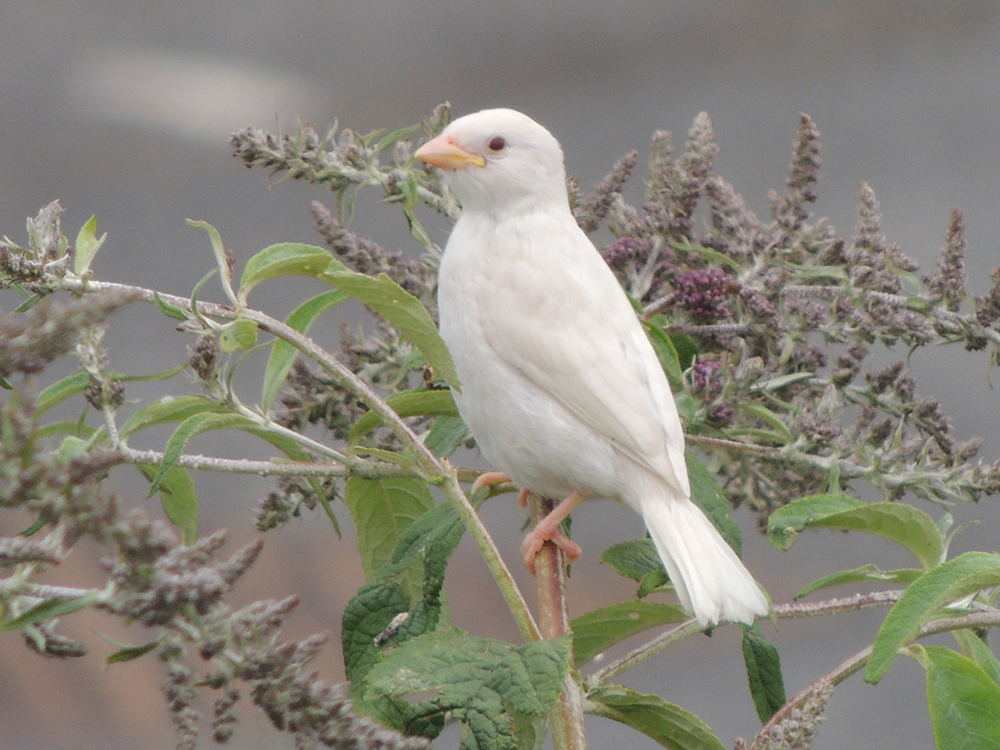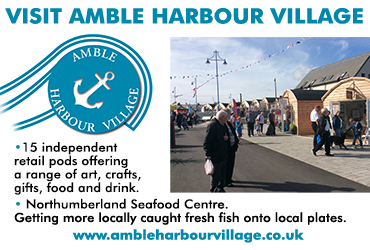Hugh’s views: Flying visits
Until next summer arrives, July and August this year will be remembered for the number of heatwaves which this area has enjoyed (or endured, if like myself, you happen to have an allotment in urgent need of cultivation).
The higher than usual temperatures have at least benefited some wildlife particularly those which travel longer distances requiring more favourable conditions.

📷 Hummingbird Hawk-Moth. Image Hugh Tindall
July saw an influx of Hummingbird hawk-moths, a species of day flying moth which originates from the Mediterranean/North Africa region. Well known for its ability to hover perfectly still while feeding with a long tongue from trumpet-shaped flowers, the individuals I saw fed mostly from lofty verbenas, but also sampled buddleia and honeysuckle.
Their swift, powerful and somewhat unpredictable flight made it difficult to follow their progress. Their remarkable levels of energy is fuelled only by nectar.
One mid-July day I was gazing from our living room window and suddenly noticed that the martins which had been weaving their care-free patterns outside against a clear blue sky one moment had suddenly disappeared from view the next. Simultaneously, six starlings loafing in our cherry tree suddenly took off, flying away low and close together as one.
The cause of these sudden departures soon came into view. Much higher up, with strong, deliberate wingbeats, a hobby appeared, cutting across the sky on narrow pointed wings, elegance and power combined. This migrant insect eating falcon seemed unaware of the consternation caused by its passage among the local avian population below. Within five seconds it had gone.

📷 Juvenile white House Sparrow. Image Hugh Tindall
Another avian visitor, this time one produced locally, hung around for a while longer. A fledgling house sparrow covered in almost pure white plumage appeared in our garden one July morning among many others of its own kind. One count stopped at just over fifty, mainly young birds accompanied by overworked parents trying to fulfil the constant demand for food.
The white bird, not a true albino, at first seemed content to sit around and be waited on by a very attentive male. Within a day or two it had become noticeably more active but still seemed to favour staying close to its main food source, a sunflower seed feeder which its parent visited at regular intervals. Then after six days, having gained its flying certificate, it disappeared. So far it has not reappeared, but being positive, perhaps dispersal of the young is a good strategy for survival.
Hugh Tindall













